Advertisement
Drones are no longer just flying cameras. Their role has shifted from passive surveillance to real-time analysis, decision-making, and autonomy in motion. That shift hinges on one thing—vision. The challenge isn't just about seeing; it's about understanding. Now, Nvidia AI technology is stepping into this space, bringing next-level computer vision to autonomous drones.
Unlike traditional GPS-dependent systems or slow cloud-based processing, Nvidia's edge AI approach processes complex visual data directly on the drone, enabling faster and more efficient operations. That means faster reactions, more reliable obstacle avoidance, and smarter route planning—all in real time. This update isn't an incremental tweak—it's a turning point in how drones fly and function.
At the core of this shift is Nvidia's Jetson platform. Originally designed for robotics and edge AI, Jetson packs powerful GPU-based computing into a palm-sized module. For drones, that's a game changer. Traditional drones depend on either manual control or pre-programmed routes. Some include object detection, but many cannot process and act on visual input without external help. By contrast, drones powered by Nvidia Jetson hardware can analyze video feeds on-device using neural networks trained for navigation, object recognition, and path planning.
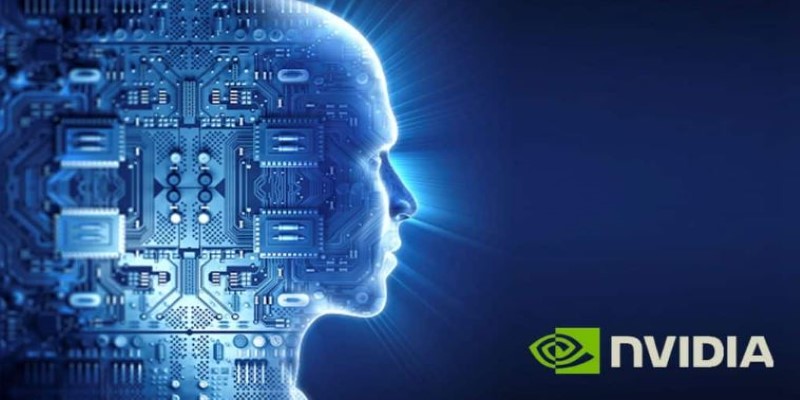
It's not just about speed, although speed does play a role. Processing frames in real time means a drone can dodge fast-moving objects, recognize a person, or reroute around sudden obstacles like birds, power lines, or tree branches. This kind of decision-making wasn't possible before without a strong uplink to a server. Nvidia AI technology changes that equation by moving the brain onboard.
One application of this is terrain tracking. In environments where GPS is unreliable, such as forests, indoor spaces, and mountain valleys, vision-based navigation becomes essential. Nvidia's AI vision stack combines depth estimation, optical flow, and scene segmentation, enabling drones to dynamically map environments. Rather than blindly following coordinates, the drone "understands" the texture and layout of the terrain beneath it. It's closer to how animals navigate, responding to what they see rather than what they're told.
This capability also supports swarm operations. When multiple autonomous drones work together—whether for search and rescue, agriculture, or environmental monitoring—they require awareness of their surroundings and each other. Nvidia AI enables real-time perception and coordination without relying on centralized systems. Each drone becomes a node in a distributed, intelligent network. They don't just fly—they cooperate.
The implications go beyond technology. In places where drones are used to inspect infrastructure or monitor disaster zones, having real-time onboard decision-making could be the difference between a near-miss and a smooth mission. Nvidia's AI-enhanced vision systems give drones the edge to operate safely in unknown or risky terrain, especially when human operators aren’t nearby or communication is patchy.
The use of Nvidia AI in autonomous drones is already shaping commercial deployments. In agriculture, for example, drones equipped with Jetson modules can analyze crop health mid-flight by processing multispectral data. They adjust altitude and path in response to what they detect—dry patches, pests, or nutrient imbalances—without waiting for instructions. This minimizes delay and increases accuracy in field-level decision-making.
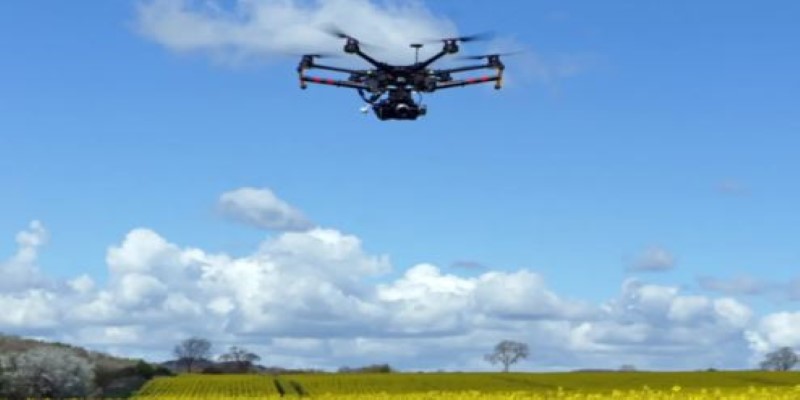
In construction and infrastructure monitoring, Nvidia-powered drones scan bridges, towers, and pipelines with LiDAR and high-resolution imaging. The AI models detect structural anomalies—such as cracks or corrosion—and prioritize them in the report, saving engineers from having to comb through hours of footage. It's not just faster, it's smarter. This selective focus enables companies to receive immediate alerts for problems that matter, thereby reducing both risk and downtime.
Even law enforcement and emergency response teams are looking to Nvidia AI drones to provide faster situational awareness. Instead of sending a drone to simply record a scene, agencies can deploy autonomous units that identify movement, track subjects, and mark hazards, all while transmitting filtered, real-time insights back to command.
The common thread across all these cases is autonomy, not in name, but in function. Drones that rely on Nvidia AI aren't passive observers. They're active participants, adjusting to the moment and delivering judgment at the edge. This level of AI capability also makes drones safer to operate in mixed environments—such as urban zones, disaster-struck areas, or near people—where random variables can easily disrupt traditional systems.
As these smart drones grow in number and complexity, air traffic coordination will become a factor. Nvidia is already exploring AI-driven flight regulation frameworks that enable autonomous drones to negotiate airspace with minimal conflict. Think of it as self-driving cars communicating at intersections—only it's happening in the sky. Each drone tracks its neighbors, predicts paths, and adjusts accordingly, reducing the risk of collisions and flight path confusion.
Such cooperation is only possible when vision and intelligence meet. Nvidia's edge computing enables drones to move beyond raw data and toward understanding. With onboard AI, a drone knows what it's seeing, why it matters, and what to do about it—all without needing to phone home for instructions.
Drones are no longer limited by their propellers or flight time—they’re being redefined by the intelligence on board. Nvidia AI technology has opened a new frontier for autonomous drones, one where vision isn't just about clarity but about comprehension. The difference is subtle but profound: these machines now interpret rather than just record. We're entering a phase where AI-powered drones will become standard tools across industries, replacing reactive behavior with anticipatory response.
They’ll map without maps, fly without supervision, and make choices in situations where milliseconds matter. From precision farming to autonomous inspections, the future is closer than it looks, and it’s smarter too. As more drones take to the sky with Nvidia's AI vision systems on board, expect the airspace to get more crowded—but paradoxically, safer. Each drone will think for itself while moving in sync with others. That's a shift in autonomy that extends far beyond flight—it's about transforming machines into intelligent collaborators in real-world environments.
Advertisement

How Toyota is developing AI-powered smart factory tools in partnership with technology leaders to transform production efficiency, quality, and sustainability across its plants

Discover strategies to train employees on AI through microlearning and hands-on practice without causing burnout.

Why analytics is important for better outcomes across industries. Learn how data insights improve decision quality and make everyday choices more effective
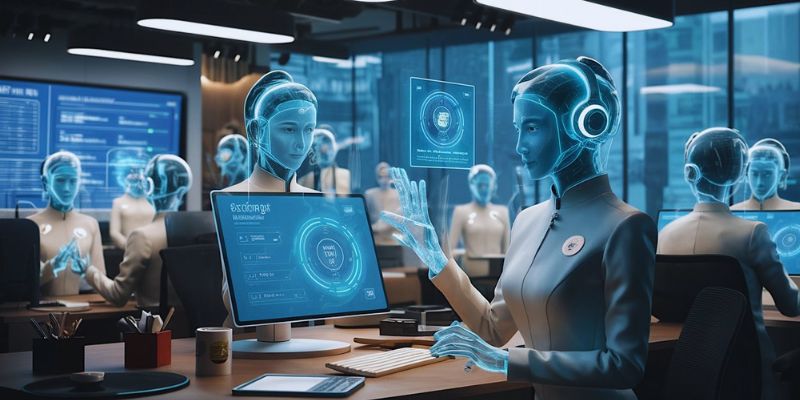
Discover how AI reshapes contact centers through automation, omnichannel support, and real-time analytics for better experiences

Why Gradio stands out from every other UI library. From instant sharing to machine learning-specific features, here’s what makes Gradio a practical tool for developers and researchers

How the AI-driven wireless tree network transforms wildfire defense by connecting forests with sensors and artificial intelligence to detect and predict fires in real time

A Nvidia AI-powered humanoid robot is now serving coffee to visitors in Las Vegas, blending advanced robotics with natural human interaction in a café setting
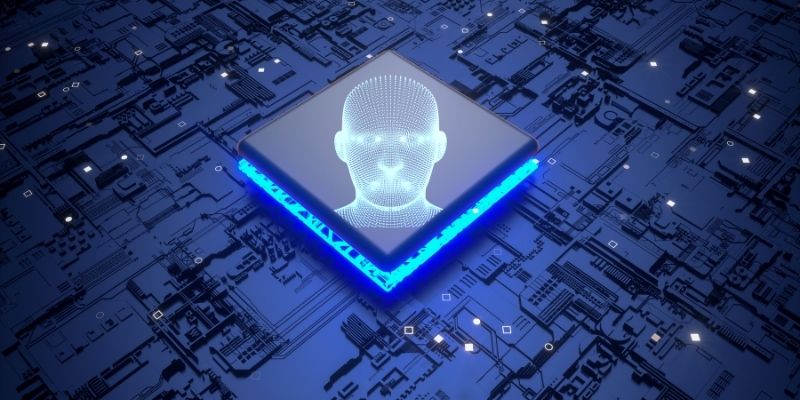
Tech giants respond to state-level AI policies, advocating for unified federal rules to guide responsible AI use.
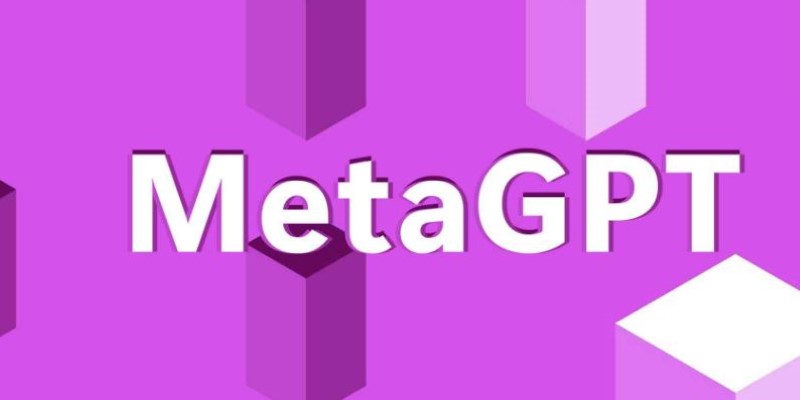
How MetaGPT is reshaping AI-powered web development by simulating a full virtual software team, cutting time and effort while improving output quality

Explore seven advanced Claude Sonnet strategies to simplify operations, boost efficiency, and scale your business in 2025.
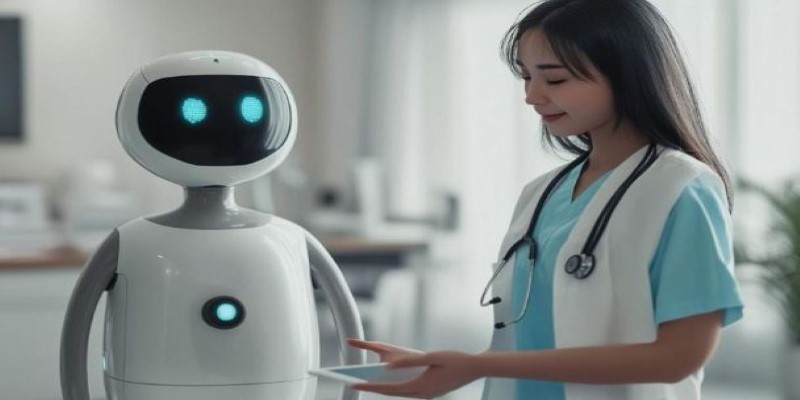
Can AI actually make doctors’ jobs easier? Microsoft just launched its first AI assistant for health care workers—and it's changing the way hospitals function

Discover the top eight ChatGPT prompts to create stunning social media graphics and boost your brand's visual identity.